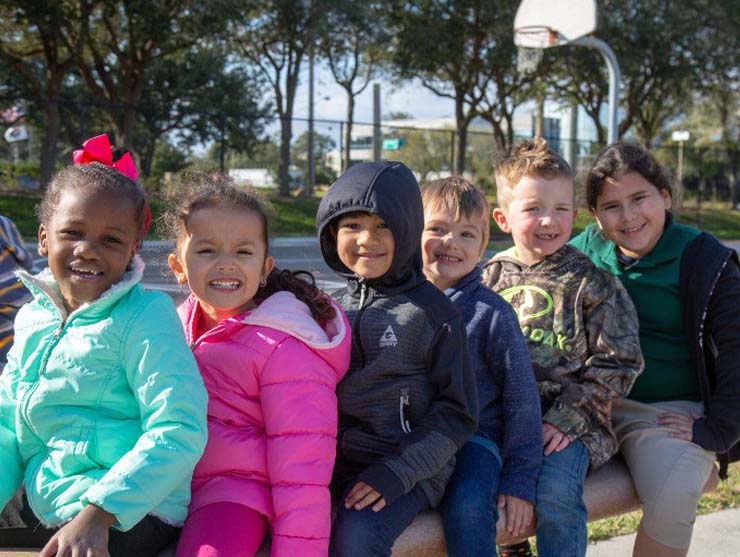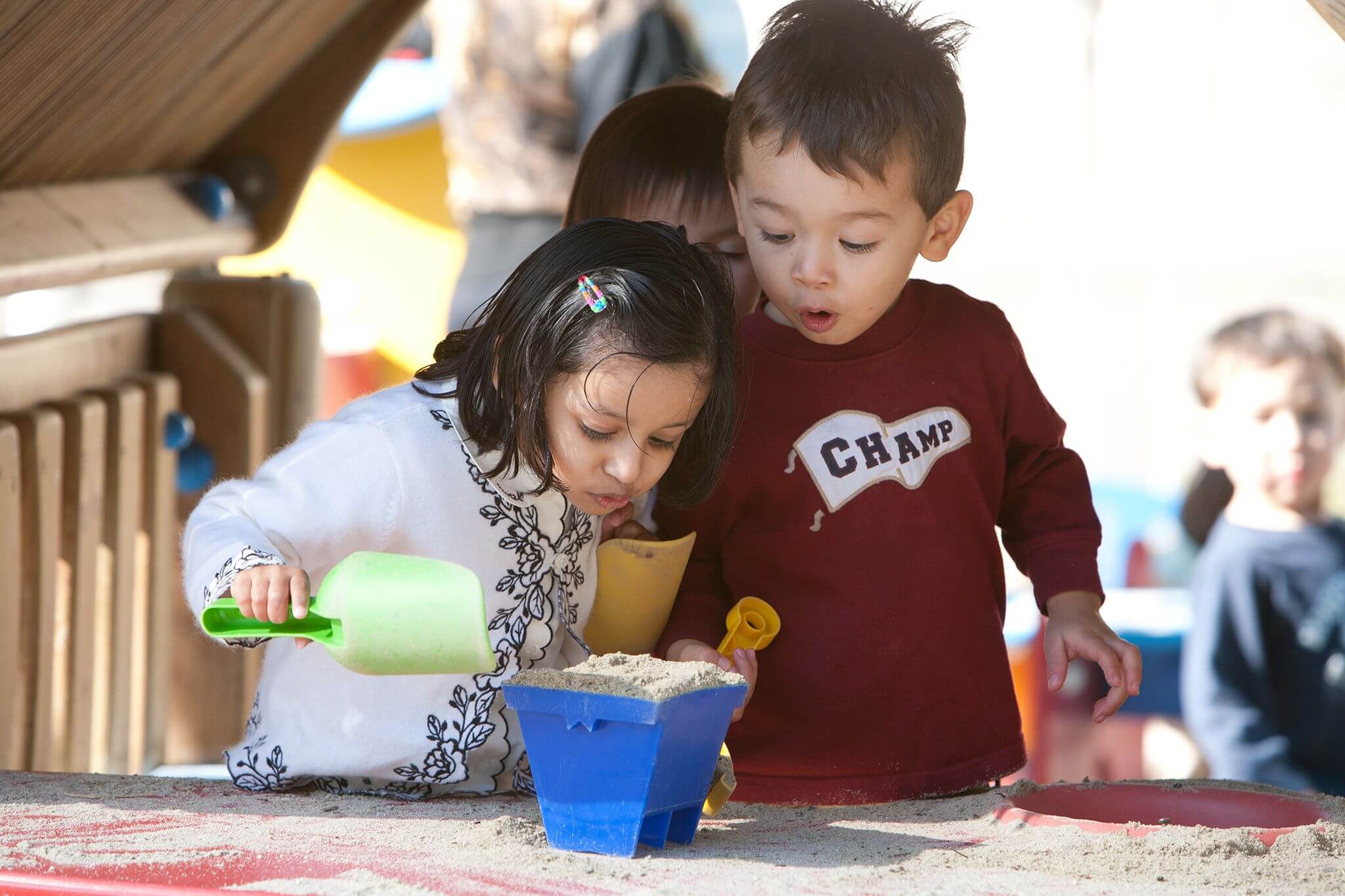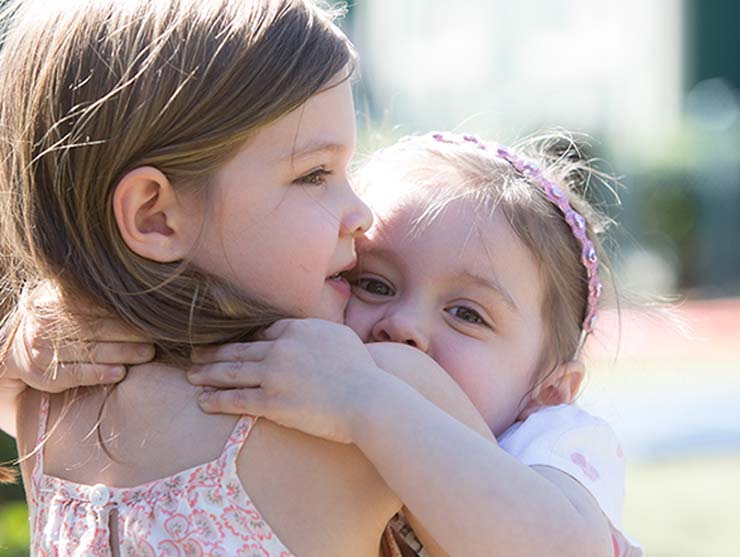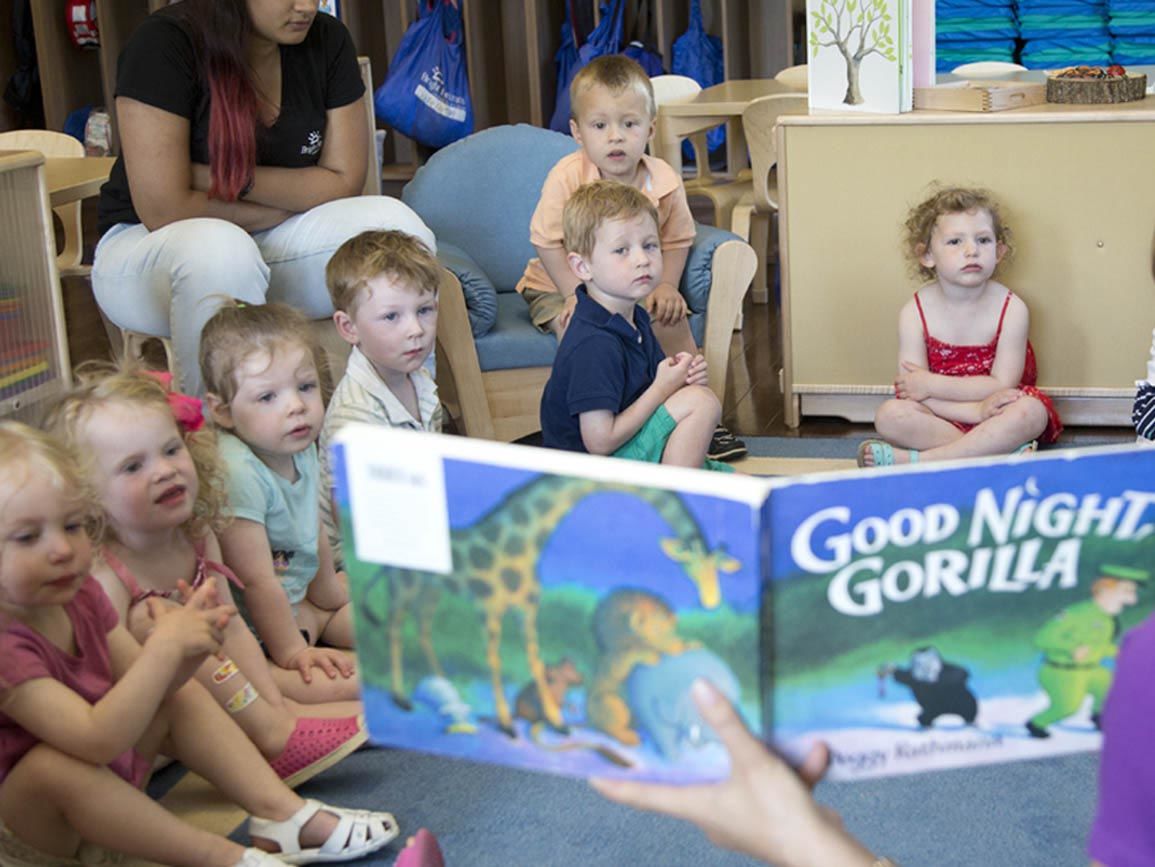Years ago, before I had kids of my own, I was seated at a restaurant next to a mom and her special needs son. The boy started to have a temper tantrum, screaming and physically lashing out at his mother. The mom steered her son outside, where he continued to thrash. Some of us in the restaurant stared; others looked away. Yet none of us went outside and asked the mom if we could help or brought her the jackets she’d left inside. I was in the looking away camp; I thought the polite thing to do was to pretend I didn’t notice.
And then there was the time I was in an elevator with my son, back before my own daughter was in a wheelchair, squeezed next to a mom and her blind, wheelchair-bound son. My son looked at the boy and asked, “What’s wrong with him?” I was mortified. “I’m so sorry,” I quickly said, apologizing on my son’s behalf. She looked at my son and kindly explained that her son had parts of his body that didn’t work like ours. Then she looked at me and said, “I’d much rather have someone ask me about him instead of just staring. But kids are the only ones who will do that.”
Turns out, we grown-ups could learn a thing or two from the kids in our lives.
My daughter, Dalia, is a beautiful girl, but she looks decidedly different from other people. For starters, there’s the wheelchair, the leg braces, and the hearing aids. And it’s impossible not to notice that she has a large tube that comes out of her neck and is attached to a ventilator. I’m not sitting in Dalia’s chair, but I’m about as close as you can get, so in the years since I sat silently in the restaurant and blushed three shades of red in the elevator, I’ve gained a deeper understanding of what it feels like to be on the receiving end of the questions, the stares, and the double takes.
Dalia is aware of everything going on around her. That’s not obvious when you meet her, so I’m always impressed by people who address her normally – the ones who say hello to her directly or compliment her on her sparkly boots. And I’m grateful for those who look at me and smile instead of pretending not to see us. Whether you’re 3 or 30, people who are different can make us uncomfortable. No matter how open-minded and inclusive we like to think we are, sometimes we stumble when someone’s diversity throws us off balance. Here are some examples of how you and your kids can show respect through meaningful interactions when you come face-to-face with someone who is different from you.
How to Show Respect for Others’ Differences
- Say “Hello.” Sounds simple…and it is. Smiling and acknowledging someone can go a long way with anybody. That’s doubly true when the person is often ignored or worse.
- Lend a hand. I’ve yet to meet a parent who doesn’t feel like she could benefit from an extra hand from time to time. All the more so when you’re juggling a child with special needs and all of the paraphernalia that often goes with the territory. Hold the door; offer to help with the grocery cart; pick up the pieces that inevitably fall when you see someone whose hands are full.
- Be mindful of your own actions. Kids take their cues from their parents. If you seem uncomfortable, your kids will be too. The flip side, of course, is that if you show respect and kindness, your kids will likely model that behavior.
- Look out for the siblings, too. It can be isolating to have a sister or brother with special needs. Siblings may even be more attuned to the stares and the whispers than their parents are. Suggest that your kids invite their friends who fall into this camp over to your home for a playdate, and don’t expect a reciprocal invitation.
More on Respecting Differences
- Diverse family structures are more common, and kids will ask questions about non-traditional families. Learn simple ways to teach children about diverse families.
- One mom shares her experiences raising a son with behavioral and social-emotional differences and what she wants other parents to know.





